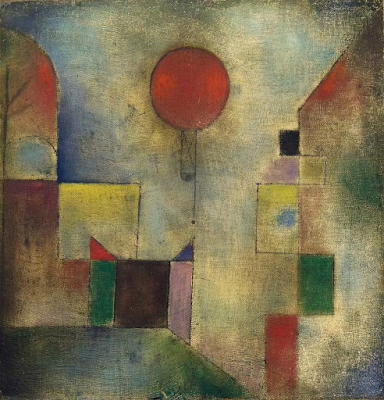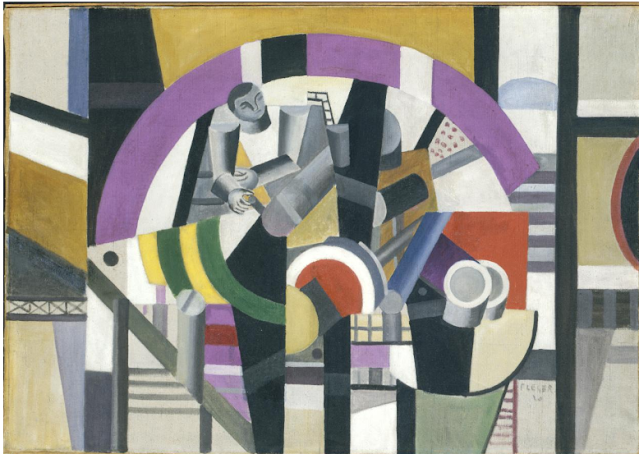Eugene Berman, "The Jug on the Window"
I did a little searching to find an interesting painting for this week, and so, with a little smile, I show you "The Jug on the Window". There is a lot to look at here, and my first reaction is: "what in the world is this all about?".
One of the delightful things about studying painting, is the discovery of unique places. A couple of weeks ago we were in Japan looking at an ancient station and road connecting the important capital cities. And now, we are in another unique place on the other side of our planet. This is Les Baux-de-Provence in Southern France. It is located in the Alpilles mountains, 22 kilometers south of Avigon, 15 kilometers NE of Arles. It is considered one of the most beautiful villages in France. People have occupied this village since back to 2nd and early 1st centuries BC. And, today contains ancient ruins of life, especially a ruined castle.
"The Jug on the Window" is a fantastic scene concocted by the artist, Eugene Berman (1899-1972) in 1934. In 1933 he spent some time in Les Baux doing sketches of the area, then returned to his studio in Paris and assembled, rearranged the sketches to come up with a series of paintings, this being one. In researching the painting and artist, I learned that in 1933 this area was inhabited by a small band of poverty stricken peasants. (Today, it is the home of a commune.)
To me, there is something almost surreal about the painting, as we are left to examine the contents to come up with a meaning. I am wondering if the objects on the plate offer our biggest clue. Are they seeds from a bush or tree, garlic to be used for seasoning, part of a meal? Since no one is sitting in the chair, are the people all out looking for more, food to sustain their bodies?
The composition is interesting as this solid architectural structure dominates and almost creates an interior. What I assume is a broken blind, sends our eye downward hinting this building could be in ruin.
Eugene Berman was an interesting man. Russian by birth, he fled Russia with his family in 1918, settling in Paris. In 1934 he left for New York, then in 1940 to Los Angeles. Here he made a name for himself as a stage designer. In 1955 he moved again, this time to Rome where he lived until his death.
"The Jug on the Window" is an oil on canvas, part of the permanent collection of the Tate Gallery, London. It currently is on loan to the Southampton City Art Gallery, Southampton, UK. It measures 810 mm high, 600 mm across.
Make Art a part of your life, it's a beautiful thing to do.




Well, you certainly discovered an interesting, unusual one. I wouldn't have guessed France, maybe Egypt!! Rectangles repeat; colors repeat. So many intriguing questions? Why the open drawer? Why the pitcher on the flower pot? Why women kneeling opposite directions? Many objects balance the painting and lead the eye. The white takes us from the window opening to the fruit plate, and down to the lower right. It is a carefully constructed, almost humorous, composition. What about the shutters, the curtain, and the cloth hanging on the wall? What fun to guess.! It's all about arranging and balancing. He uses his palette strategically! Fun and challenging!
ReplyDeleteYes, Char, I totally agree with what you have contributed, (as I always do) but oddly, I too, find something humorous about this painting. I am sure the artist didn't intend that, and it is probably us looking at it some 90 years later. But it is hard to figure what story he is trying to tell, if any. My personal feeling is that it is probably a good thing he made it to Los Angeles and began a whole new career in stage design.
Delete